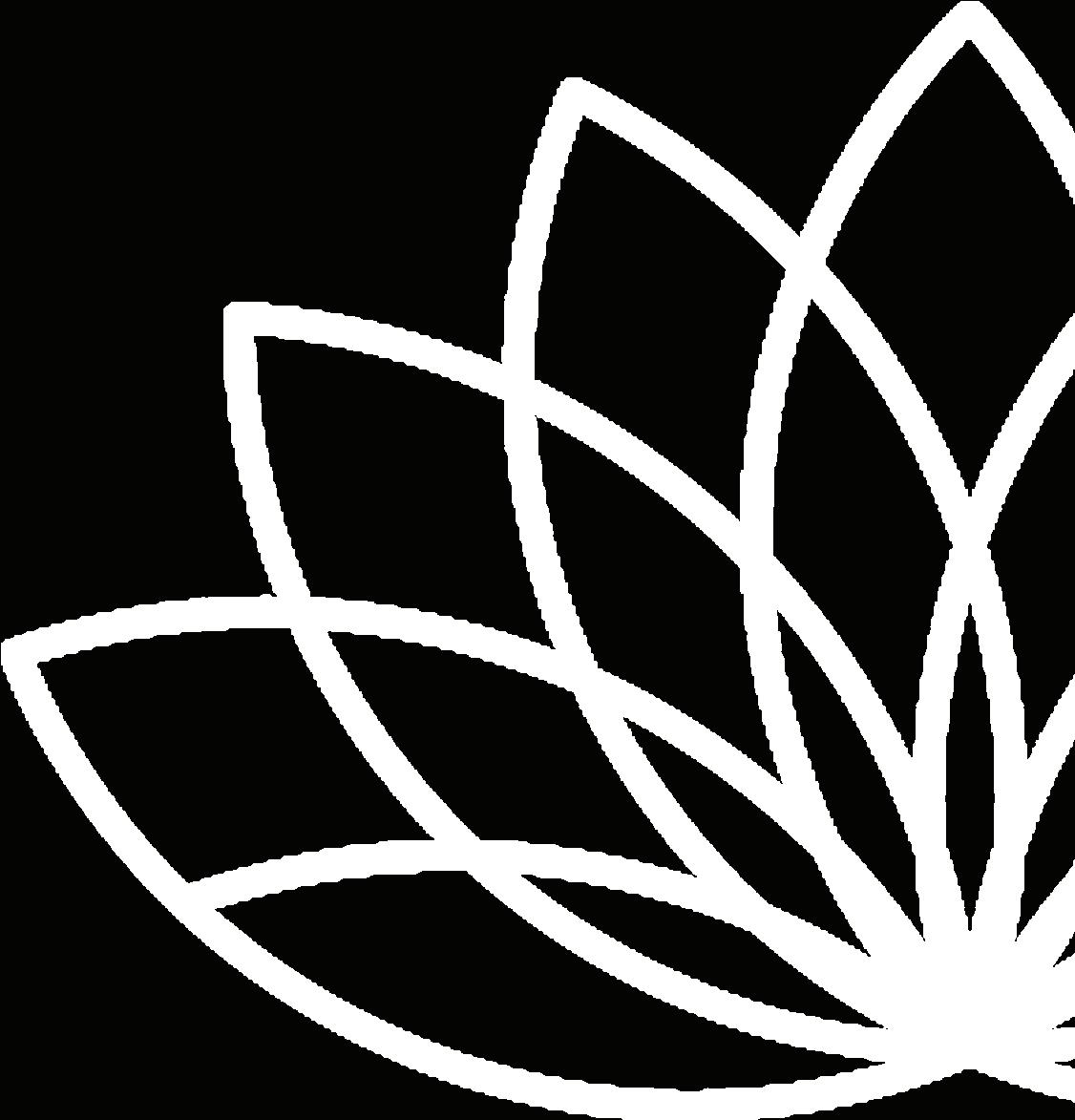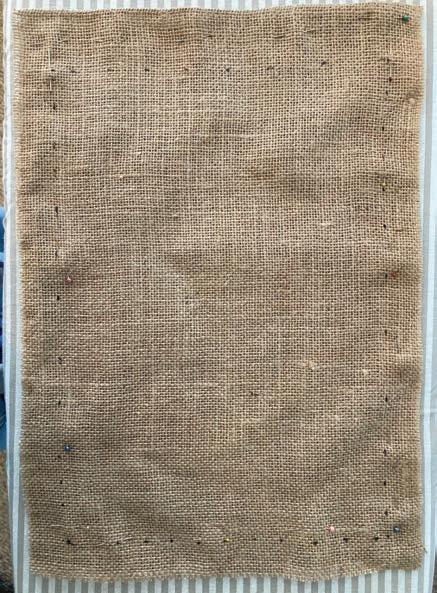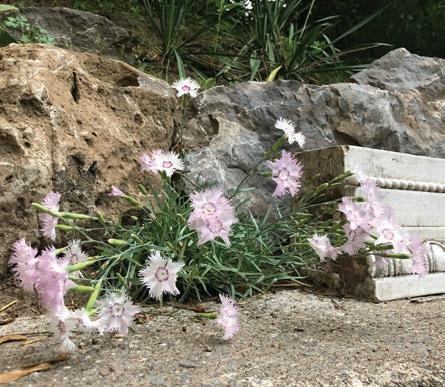From the garden
Eating your flowers and loving it Story by Carol Sitarski; photos courtesy Pixabay
Ap
ple blossom
Bee balm
Begonia
T
he weather is finally warm and with that we are seeing flowers start to bloom with all the pretty colors that we love. But are the blooms all there is to enjoy? Absolutely not! Some flowers are not only beautiful, but tasty as well, with flavors that will delight your palate. If you haven’t tried some or any, please do. You can use them in recipes or as garnishes, but either way I hope to entice you to try some.
But first some warnings: - You should never use pesticides or other chemicals on any part of any plant that produces blossoms you plan to eat. - Don’t harvest flowers growing by the roadside. - Not every flower is edible, and you may even be allergic to some, just like any food. - Identify each flower exactly and eat only parts you know to be edible. - Use flowers sparingly in your recipes to avoid digestive complications that can occur with overconsumption. There are many kinds of flowers and their parts that are edible, but since I can’t list them all here, I’ll stick to some of my favorites. I hope you’ll give them a chance. I have personally made the most scrumptious jelly from flower blossoms … mmm. You can find a more comprehensive list at whatscookingamerica.net/EdibleFlowers.
Calendula
Dandelion
Apple blossom (Malus spp.)—Apple blossoms have a delicate floral flavor and aroma. They are a nice accompaniment to fruit dishes and can easily be candied to use as a garnish. NB: Eat in moderation as the flowers may contain cyanide precursors. The seeds of the apple and its wild relations are poisonous.
Anise hyssop (Agastache foeniculum)—Both flowers and leaves have a delicate anise or licorice flavor. Some people say the flavor reminds them of root beer. The blossoms make attractive plate garnishes and are often used in Asian-style dishes. Excellent in salads. Bee balm (Monarda didyma)—Bee balm is also called wild bergamot, wild Oswego tea, horsemint, and monarda. Wild bee balm tastes like oregano and mint, reminiscent of citrus with soft mingling of lemon and orange. The red flowers have a minty flavor. Any place you use oregano, you can use bee balm blossoms. The leaves and flower petals can also be used in both fruit and green salads. The
8 | MAY-JUNE 2021
leaves taste like the main ingredient in Earl Gray tea (the rind of a citrus fruit called bergamot orange) and can be used as a substitute.
Begonia – (Tuberous and waxed: Begonia X tuberosa)— The leaves, flowers, and stems are edible. Begonia blossoms have a citrus-sour taste. The petals are used in salads and as a garnish. Stems can also be used in place of rhubarb. The flowers and stems contain oxalic acid and should not be consumed by individuals suffering from gout, kidney stones, or rheumatism. Calendula (Calendula officinalis)—Also called pot marigold, it is a wonderful edible flower. Flavors range from spicy to bitter, tangy to peppery, a sharp taste resembling saffron (it’s known as poor man’s saffron). They have pretty petals in golden-orange hues. Sprinkle them on soups, pasta or rice dishes, herb butters, and salads. Petals—and only the petals are edible—add a yellow tint to soups, spreads, and scrambled eggs. Carnation (Dianthus caryophyllus)—Carnations can be steeped in wine or candied to use as cake decorations. To use the surprisingly sweet petals in desserts, cut them away from the bitter white base of the flower. These members of the carnation family have a light, clove-like or nutmeg scent. Petals add color to salads or aspics. Carnation petals are one of the secret ingredients that have been used to make Chartreuse, a French liqueur, since the 17th century. Dandelion (Taraxacum officinalis)—The flowers of this daisy-family member are best picked young, when they have a sweet, honey-like flavor; mature flowers are bitter. Dandelion buds are tastier than the flowers. It is best to pick these when they are very close to the ground, tightly bunched in the center, and about the size of a small gumball. They are good raw, steamed, or made into wine or delicious jelly. Young leaves taste good steamed or tossed in salads. When serving a rice dish use dandelion petals like confetti over the rice. Elderberry blossom (Sambucus spp.)—Elderberry blossoms are a creamy color and have a sweet scent and taste. Do not wash them after harvesting, as that removes much of the fragrance and flavor. Instead check them carefully for insects. The fruit is used to make wine, and the flowers, leaves, fruit, bark and roots have all been used in traditional folk medicine for centuries. NB: All parts of the plant other than flowers and cooked berries are mildly toxic! They contain a bitter alkaloid and glycoside that




